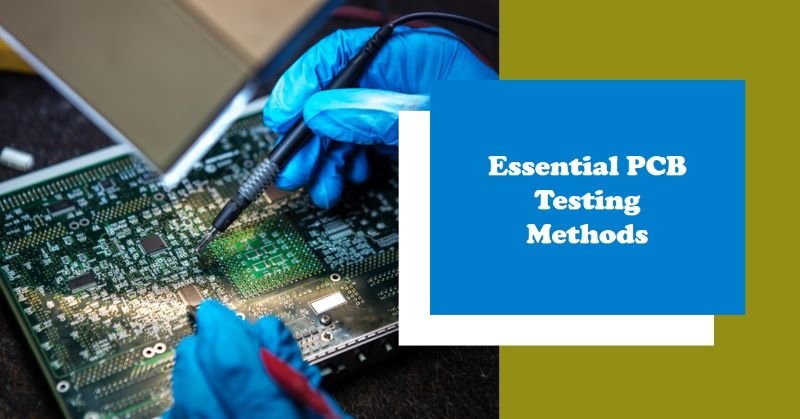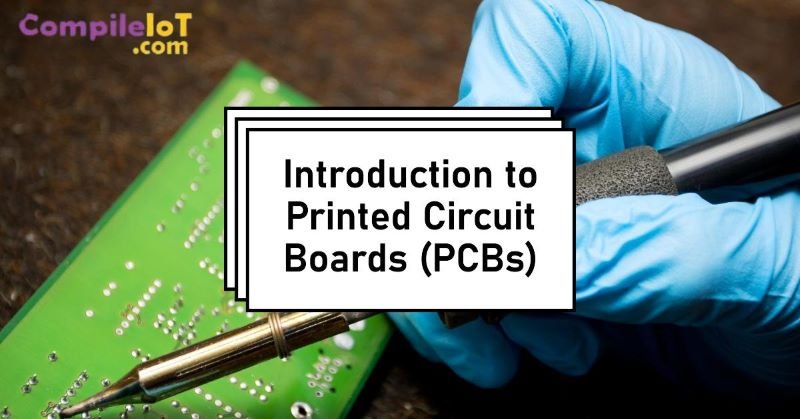Applications of Flex PCB
Flex PCBs, also known as flexible printed circuit boards. They have become increasingly popular in various industries due to their unique properties and versatility. These flexible circuit boards offer numerous advantages over traditional rigid PCBs, making them suitable for a wide range of applications.
In this blog post, we will explore some of the key applications of flex PCBs and the benefits they bring to these industries.
Applications of Flex PCB
Flexible PCBs, or flex PCBs, are a type of printed circuit board that offer flexibility in design and application. Unlike rigid PCBs, which are made of solid materials like fiberglass, flexible PCBs are made of thin, flexible materials such as polyimide. This allows them to bend, twist, and conform to different shapes and sizes, making them ideal for use in a wide range of electronic devices.
Flexible PCBs have a wide range of applications across various industries:
1. Consumer Electronics
Flex PCBs have revolutionized the consumer electronics industry by enabling the development of smaller, lighter, and more flexible devices. These circuit boards can be bent, folded, or twisted to fit into compact spaces, making them ideal for smartphones, tablets, wearables, and other portable devices. The flexibility of these PCBs also helps to reduce the overall thickness of the electronic devices, enhancing their sleek and modern design.
2. Automotive
Flex PCBs have found extensive applications in the automotive industry, where they are used in various components and systems. These circuit boards are highly resistant to vibrations, shocks, and temperature variations, making them suitable for automotive applications. Flex PCBs are commonly used in instrument clusters, infotainment systems, GPS modules, lighting systems, and engine control units. Their flexibility allows for easier integration into complex and curved shapes within the vehicle.
3. Medical Devices
Flex PCBs play a crucial role in the development of advanced medical devices. Their flexibility and compact size make them ideal for wearable medical devices, such as fitness trackers, smartwatches, and medical monitoring patches. Flex PCBs are also used in implantable medical devices, such as pacemakers and neurostimulators, where their flexibility ensures a comfortable fit and reduces the risk of damage or displacement. Additionally, these circuit boards offer excellent resistance to moisture, chemicals, and sterilization processes, making them suitable for use in medical environments.
4. Aerospace and Defense
Flex PCBs are widely used in the aerospace and defense industries due to their reliability, lightweight nature, and ability to withstand harsh environments. These circuit boards are used in avionics systems, satellites, radar systems, missile guidance systems, and other critical applications. The flexibility of flex PCBs allows for easy installation in tight spaces and complex shapes within aircraft and defense equipment. Furthermore, their high temperature resistance and durability ensure optimal performance in extreme conditions.
5. Industrial Automation
Flex PCBs are essential components in industrial automation systems, where they are used in various control panels, sensors, and robotic applications. These circuit boards offer excellent signal integrity, high-density interconnects, and resistance to vibration and shock, making them reliable in industrial environments. The flexibility of flex PCBs enables easy integration into machinery and equipment with limited space, improving the overall efficiency and functionality of industrial automation systems.
Conclusion
Flex PCBs have become indispensable in various industries, thanks to their unique properties and versatility. From consumer electronics to automotive, medical devices to aerospace and defense, and industrial automation, these circuit boards offer numerous benefits. Their flexibility, lightweight nature, and resistance to harsh environments make them ideal for a wide range of applications. As technology continues to advance, the demand for flex PCBs is expected to grow, driving further innovation in their design and manufacturing processes.








